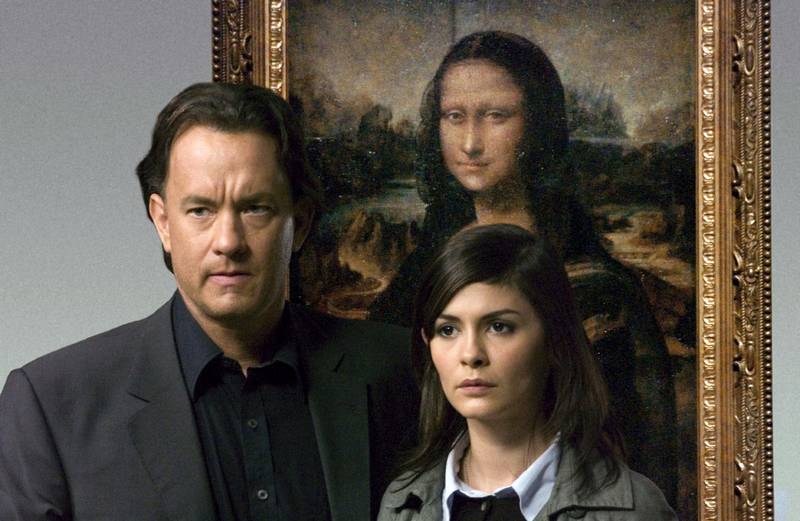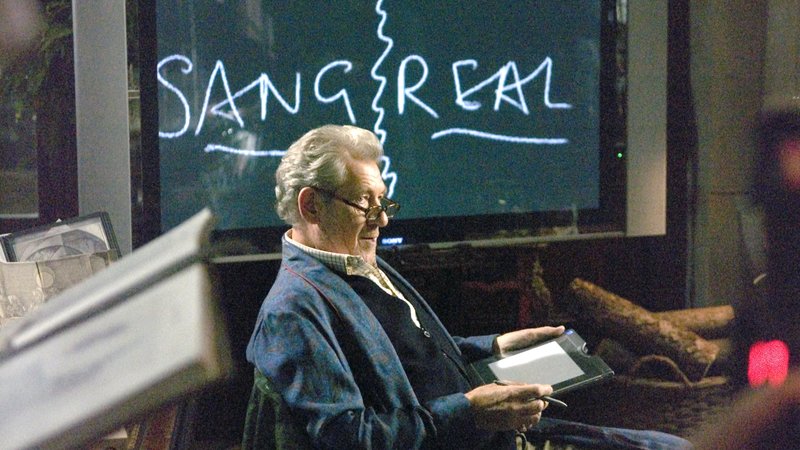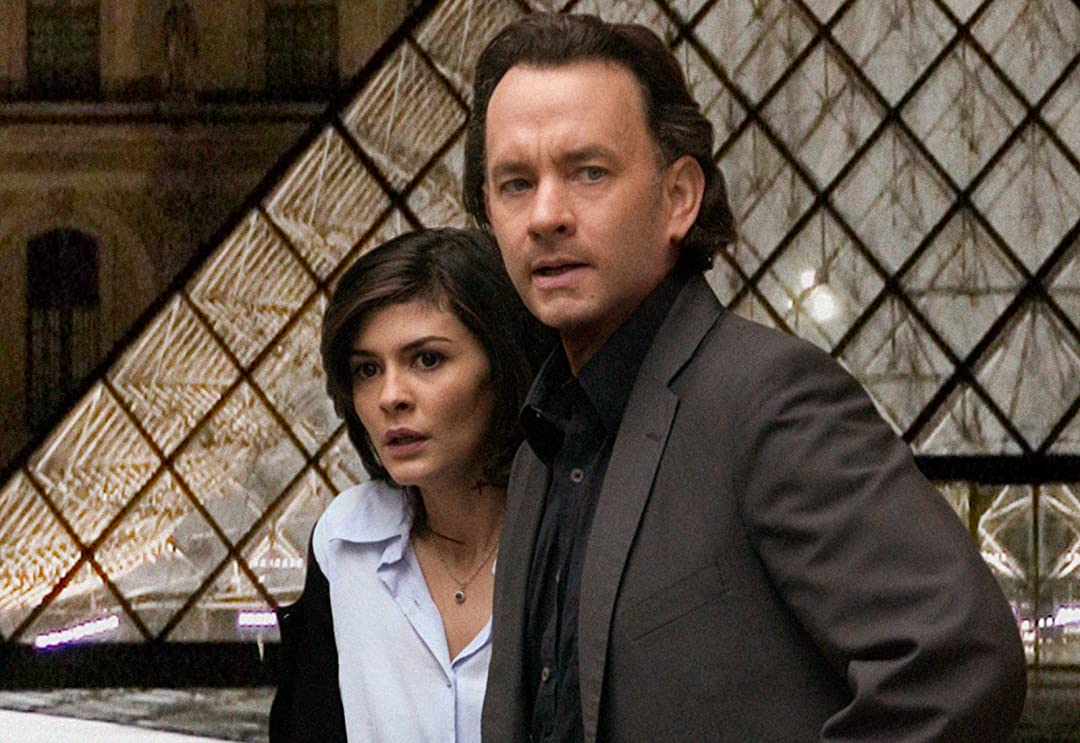To call ‘The Da Vinci Code’ one of the most controversial films of our time would not be factually incorrect. Not only did prominent religious bodies like The Vatican call for its boycott, but the movie was also banned in countries like Syria, Belarus, and Jordan for the religious liberties that the plot takes. These reactions are somewhat understandable, but this also prompts the question – is the narrative rooted in reality? Our curiosity got the best of us, so we embarked on a mission to find out exactly how much of the story uses religious conspiracies. Here, we discuss what we have uncovered.
The Da Vinci Code: An Adaptation of Dan Brown’s Novel
No, ‘The Da Vinci Code’ is not based on a true story. In fact, ardent fans (like us) would have read Dan Brown’s novel of the same name, which inspired the plot. When asked about the integrity of the events in the book, the author stated, “99 percent of it is true. All of the architecture, the art, the secret rituals, the history- all of that is true- is the Gnostic gospels. All of that is — all that is fiction, of course, is that there’s a Harvard symbologist named Robert Langdon, and all of his action is fictionalized. But the background is all true.”

In fact, Sir Ian McKellen, who plays the Holy Grail scholar Sir Leigh Teabing, once stated in an interview that he believed the book in its entirety when he first read it. Nonetheless, he added, “But when I put it down I thought, ‘What a load of … [eloquent pause] potential codswallop.’” To understand what the revered actor is talking about, let us discuss the premise once. It all starts when a Louvre curator, Jacques Saunière, is murdered.
The police find his body posed as Da Vinci’s ‘Vitruvian Man’ and contact famed American scholar and symbologist, Robert Langdon (Tom Hanks), to examine the body. However, there is a catch! Sophie Neveu, the curator’s granddaughter (who also works as a police cryptographer), alerts Langdon that the police think that he is guilty since the last line of the secret message left behind by Saunière reads, “P.S. Find Robert Langdon.” However, the authorities had wiped it before his arrival.
Apart from this, Saunière also leaves behind an out-of-order Fibonacci sequence. The pair then follow the clues and realize that the old man was part of the fabled Priory of Sion. Following this, they go on a wild goose chase for the Holy Grail. On this journey, various facets of theology and religion are discussed. Some of the theories incorporated in the script concern Jesus’ marriage to Mary Magdalene and his divinity.

In fact, Sir Ian McKellen’s character argues that the Holy Grail was never a cup or a chalice. Contrary to popular belief, he postulates that it is actually Mary’s womb (or the vessel for Jesus’ bloodline). His evidence? The French word for the Holy Grail is “Sangreal.” However, if you split the word, you get “Sang Real,” which translates to “Royal Blood.” At one point, Sir Teabing and Robert also debate the role of the Council of Nicaea (as far as Jesus’ godliness is concerned), the Pagan religion, and the Catholic Inquisition.
Theories like this are sprinkled throughout the movie. While they are extremely intriguing and fascinating, it is imperative to remember that, at the end of the day, they have not been proven. So we suggest taking the movie with a pinch of salt. After all, that is what Hanks recommended as well— “We always knew there would be a segment of society that would not want this movie to be shown. But the story we tell is loaded with all sorts of hooey and fun kind of scavenger-hunt-type nonsense.” He added, “It’s a damn good story and a lot of fun… all it is, is dialogue. That never hurts.”
Read More: Where Was The Da Vinci Code Filmed?


You must be logged in to post a comment.